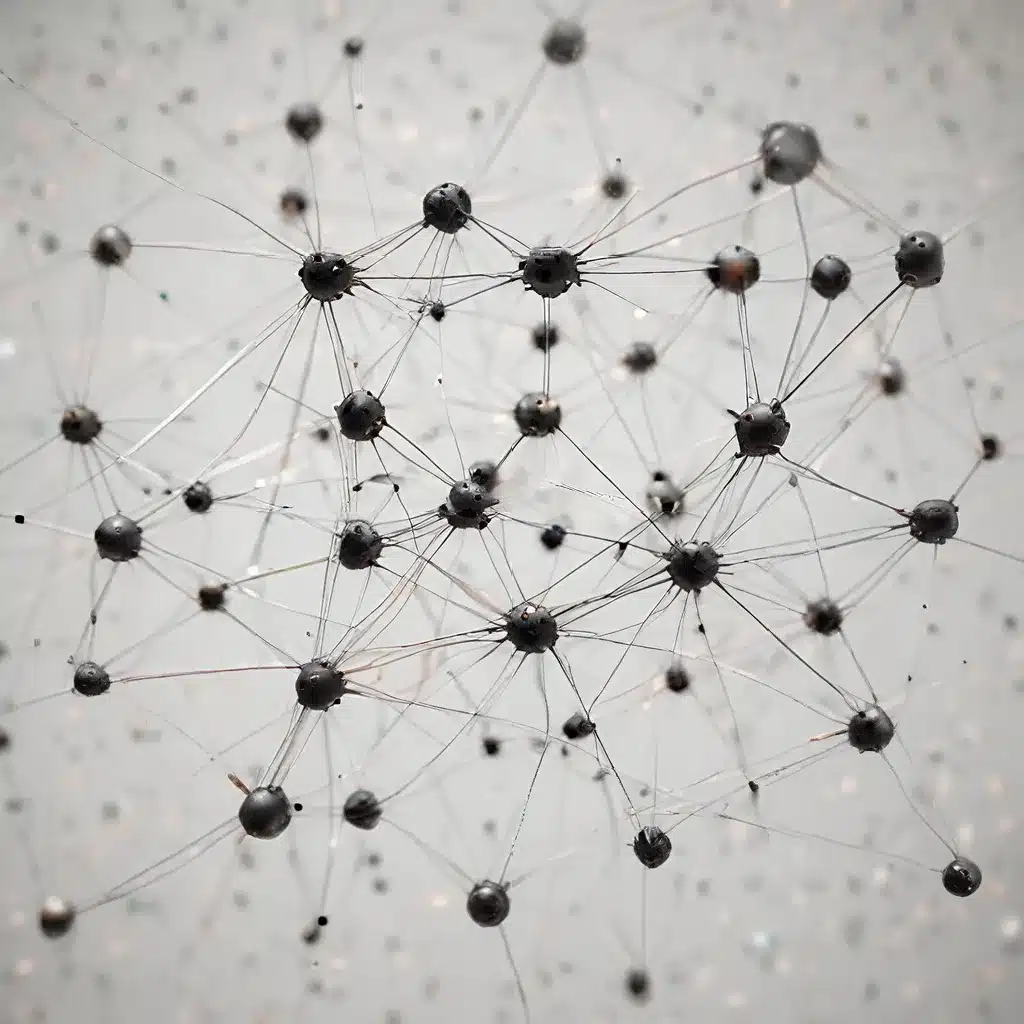
In the rapidly evolving realm of sensor networks and Internet of Things (IoT), the concept of sensor swarms has emerged as a transformative approach to enhancing the capabilities and resilience of these systems. Inspired by the collective behaviors observed in nature, such as ant colonies and fish schools, researchers have developed distributed algorithms that enable swarms of sensors to coordinate their actions with minimal central control.
The Rise of Sensor Swarms
Sensor networks have long been a vital component of IoT applications, from environmental monitoring and smart city infrastructure to industrial automation and healthcare. Traditionally, these networks have relied on a hierarchical architecture, with centralized control and data processing. However, as the scale and complexity of IoT systems have grown, this approach has faced increasing challenges in terms of scalability, reliability, and responsiveness.
Enter sensor swarms, where multiple sensors work together in a decentralized manner to achieve common goals. These swarms can range from a few sensors to potentially thousands, each equipped with local sensing and communication capabilities. By leveraging distributed algorithms, sensor swarms can coordinate their actions, share information, and adapt to changing environments without the need for a single point of control.
Distributed Algorithms for Sensor Swarm Coordination
The key to the success of sensor swarms lies in the distributed algorithms that govern their collective behavior. These algorithms draw inspiration from the self-organizing and self-repairing mechanisms observed in biological systems, such as ant colonies and bird flocks.
One of the fundamental principles underlying these algorithms is stigmergy, which refers to the indirect communication between agents through modifications in their shared environment. In the context of sensor swarms, stigmergy allows individual sensors to coordinate their actions based on local information, without the need for centralized control or explicit communication.
For example, a sensor swarm tasked with wildfire detection and suppression could use stigmergic algorithms to collectively map the fire’s progression, identify the most effective access points, and coordinate the deployment of firefighting resources. Each sensor in the swarm would contribute to the collective knowledge and decision-making process, without relying on a single point of failure.
Swarm Intelligence and Emergent Behavior
The distributed algorithms that govern sensor swarms often draw inspiration from the concept of swarm intelligence, which explores how simple individual behaviors can give rise to complex, intelligent collective behaviors. This principle is observed in the collective decision-making and task allocation of ant colonies, bird flocks, and fish schools.
By leveraging swarm intelligence, sensor swarm algorithms can enable emergent behaviors that are not explicitly programmed into the individual sensors. For instance, a sensor swarm tasked with search and rescue operations could self-organize to cover a larger area, allocate resources efficiently, and adapt to changing environmental conditions, all without a centralized control system.
These emergent behaviors arise from the local interactions between sensors, as they share information, respond to stimuli, and adjust their actions based on the collective feedback. This self-organization and adaptability are critical for IoT applications that operate in dynamic and unpredictable environments.
Challenges and Considerations in Sensor Swarm Design
While the potential of sensor swarms is immense, the design and implementation of these systems come with a unique set of challenges and considerations. Distributed algorithms must be carefully engineered to ensure stability, scalability, and fault tolerance, as the failure of individual sensors could have a significant impact on the overall system performance.
One of the key challenges is coordinating the collective behavior of the swarm while maintaining individual autonomy. This requires a delicate balance between global objectives and local decision-making, as well as robust communication protocols and consensus algorithms.
Additionally, security and privacy concerns must be addressed in sensor swarm design, as the decentralized nature of these systems can make them vulnerable to cyber attacks and data breaches. Robust encryption, authentication, and access control mechanisms must be implemented to protect the integrity of the swarm and the data it collects.
Energy management is another critical consideration, as sensor swarms often operate in remote or inaccessible locations, where battery life and energy efficiency are paramount. Advances in low-power electronics, energy harvesting, and distributed power management algorithms can help address these challenges and ensure the long-term sustainability of sensor swarm deployments.
The Future of Sensor Swarms in IoT and Beyond
As sensor networks and IoT continue to evolve, the role of sensor swarms is expected to become increasingly prominent. These distributed, self-organizing systems have the potential to revolutionize a wide range of applications, from environmental monitoring and disaster response to precision agriculture and smart manufacturing.
By leveraging distributed algorithms and swarm intelligence, sensor swarms can offer increased resilience, scalability, and adaptability compared to traditional centralized approaches. As the underlying technologies, such as artificial intelligence, 5G/6G communications, and energy-efficient hardware, continue to advance, the capabilities of sensor swarms will only continue to grow.
Moreover, the bio-inspired nature of sensor swarm design opens up exciting possibilities for cross-pollination between disciplines, as researchers explore ways to apply collective behavior principles to other domains, such as robotics, smart cities, and healthcare.
In conclusion, the distributed algorithms that power sensor swarms represent a significant leap forward in the design and implementation of IoT systems. By harnessing the collective intelligence of sensor networks, these decentralized and adaptive systems are poised to transform the way we interact with and harness the power of the connected world. As the field of sensor networks and IoT continues to evolve, the potential of sensor swarms to revolutionize various industries and applications is truly limitless.